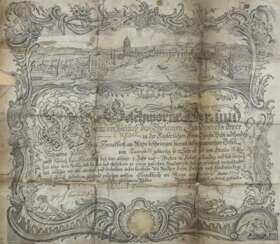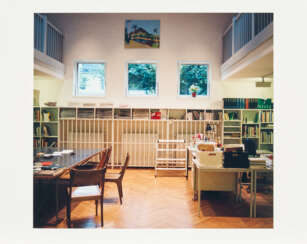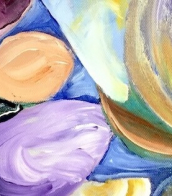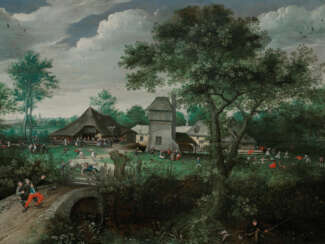frankfurt a. main

Johann Georg Schütz, born May 16, 1755, in Frankfurt am Main, was a German painter and etcher, recognized for his contributions to landscape painting and portraiture. Schütz was the younger son of the notable Frankfurt painter, Christian Georg Schütz the Elder, and honed his craft in his father's workshop before studying at the Düsseldorf Art Academy.
After initial forays as a landscape painter, Schütz expanded his repertoire to historical scenes and portraits. His sojourn in Rome from 1779 to 1790 placed him in the midst of a community of German-speaking artists, where he encountered Johann Wolfgang von Goethe and contributed illustrations for Goethe's work on the Roman Carnival. Known as "Römer-Schütz" to distinguish him from other family members in the art world, he continued his father's legacy upon his return to Frankfurt.
Schütz passed away in May 1813, leaving behind a collection of drawings and paintings housed at the Historical Museum in Frankfurt. His works continue to be revered by collectors and art historians for their historical significance and craftsmanship.
Discover more about Schütz's artistry by signing up for updates, and delve into the heritage of Frankfurt's distinguished painting tradition.




Candida Höfer is a German photographer. She is a former student of Bernd and Hilla Becher. Like other Becher students, Höfer's work is known for technical perfection and a strictly conceptual approach. From 1997 to 2000, she taught as professor at the Hochschule für Gestaltung, Karlsruhe. Höfer is the recipient of the 2018 Outstanding Contribution to Photography award, as part of the Sony World Photography awards. She is based in Cologne.

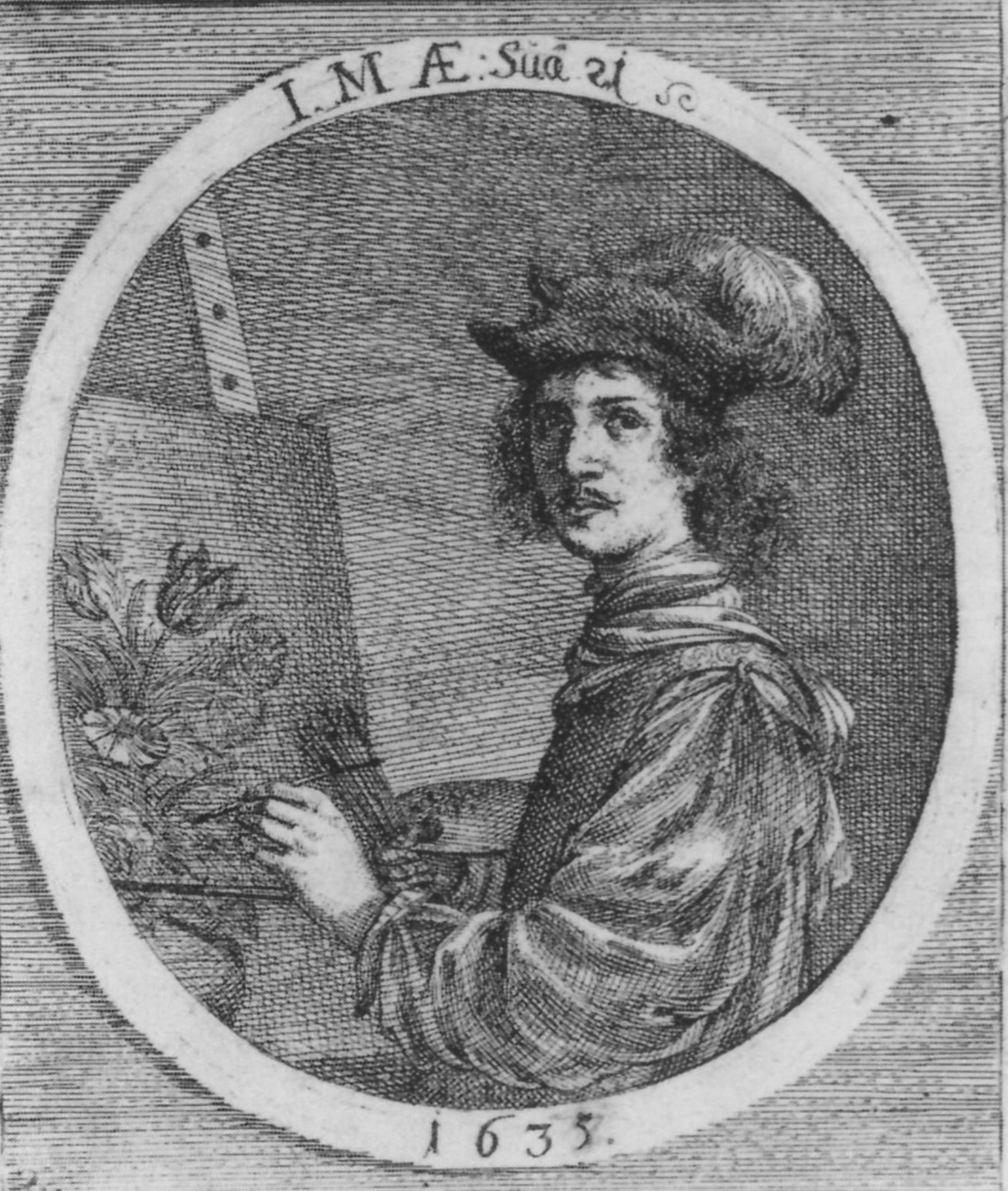
Jakob Marrel was a German still life painter active in Utrecht during the Dutch Golden Age.


Jakob Marrel was a German still life painter active in Utrecht during the Dutch Golden Age.
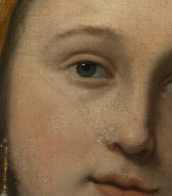

Georg Flegel was a German painter, best known for his still-life works.
According to the RKD he was pupil of Lucas van Valckenborch in Linz during 1582-1592. In a period of about 30 years (c. 1600–1630), he produced 110 watercolor and oil pictures, mostly still-life images which often depicted tables set for meals and covered with food, flowers and the occasional animal.


Georg Flegel was a German painter, best known for his still-life works.
According to the RKD he was pupil of Lucas van Valckenborch in Linz during 1582-1592. In a period of about 30 years (c. 1600–1630), he produced 110 watercolor and oil pictures, mostly still-life images which often depicted tables set for meals and covered with food, flowers and the occasional animal.


Johann Philipp Ulbricht was a German landscape painter.


Erich Isenburger was a German-born American artist who considered himself a neo-expressionist. The painter's oeuvre includes landscapes, still lifes, interiors and portraits.
Erich Isenburger held a long-time teaching position at the National Academy of Design in New York.


Erich Isenburger was a German-born American artist who considered himself a neo-expressionist. The painter's oeuvre includes landscapes, still lifes, interiors and portraits.
Erich Isenburger held a long-time teaching position at the National Academy of Design in New York.

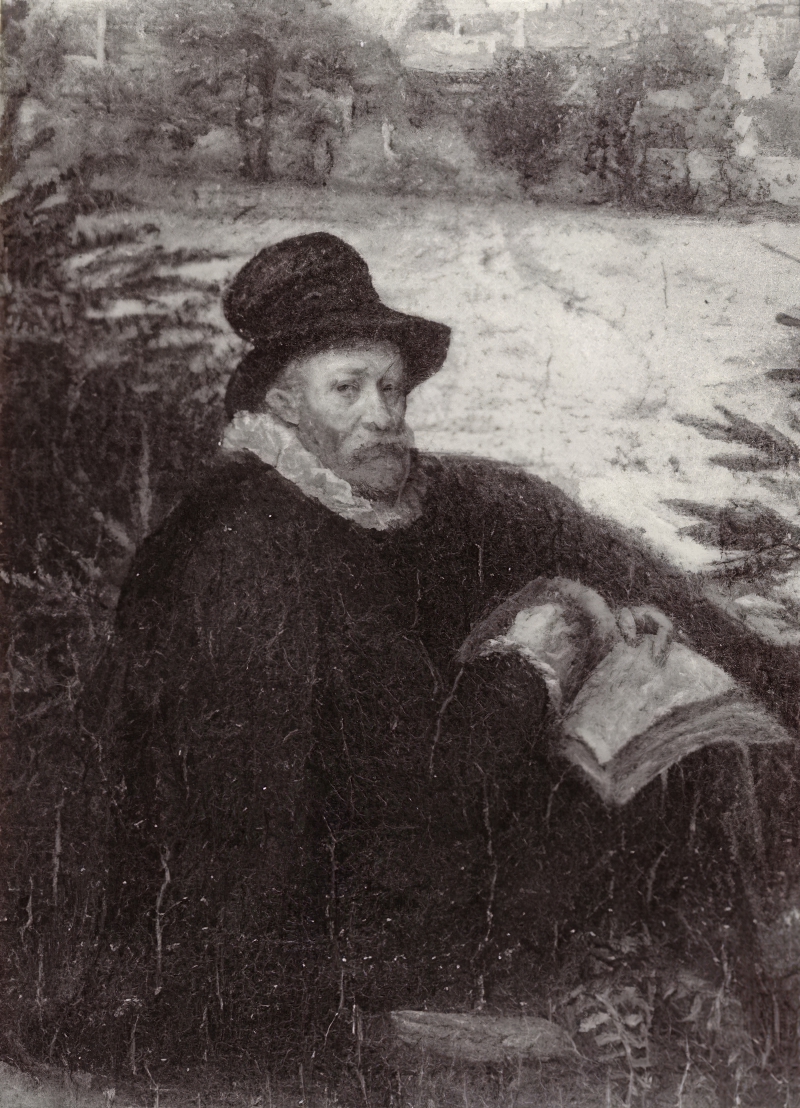
Lucas van Valckenborch was a Flemish painter, mainly known for his landscapes. He also made contributions to portrait painting, and allegorical and market scenes. Court painter to Archduke Matthias, the governor of the Spanish Netherlands in Brussels, he later migrated to Austria and then Germany where he joined members of his extended family of artists who had moved there for religious reasons.




